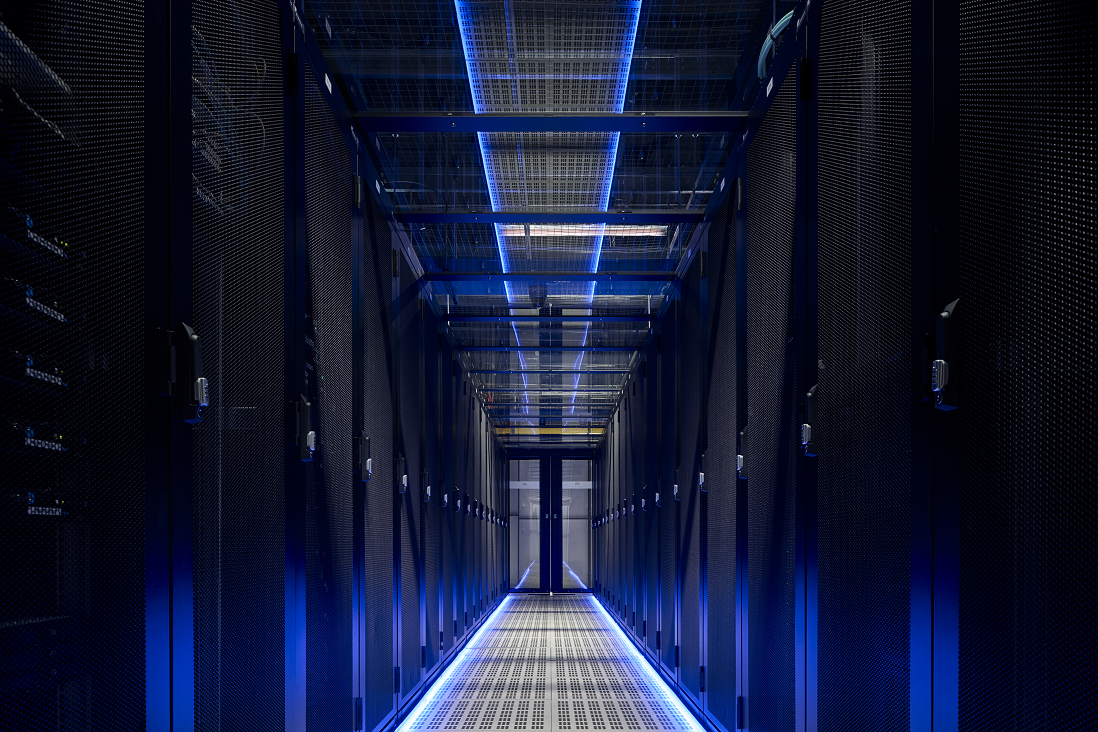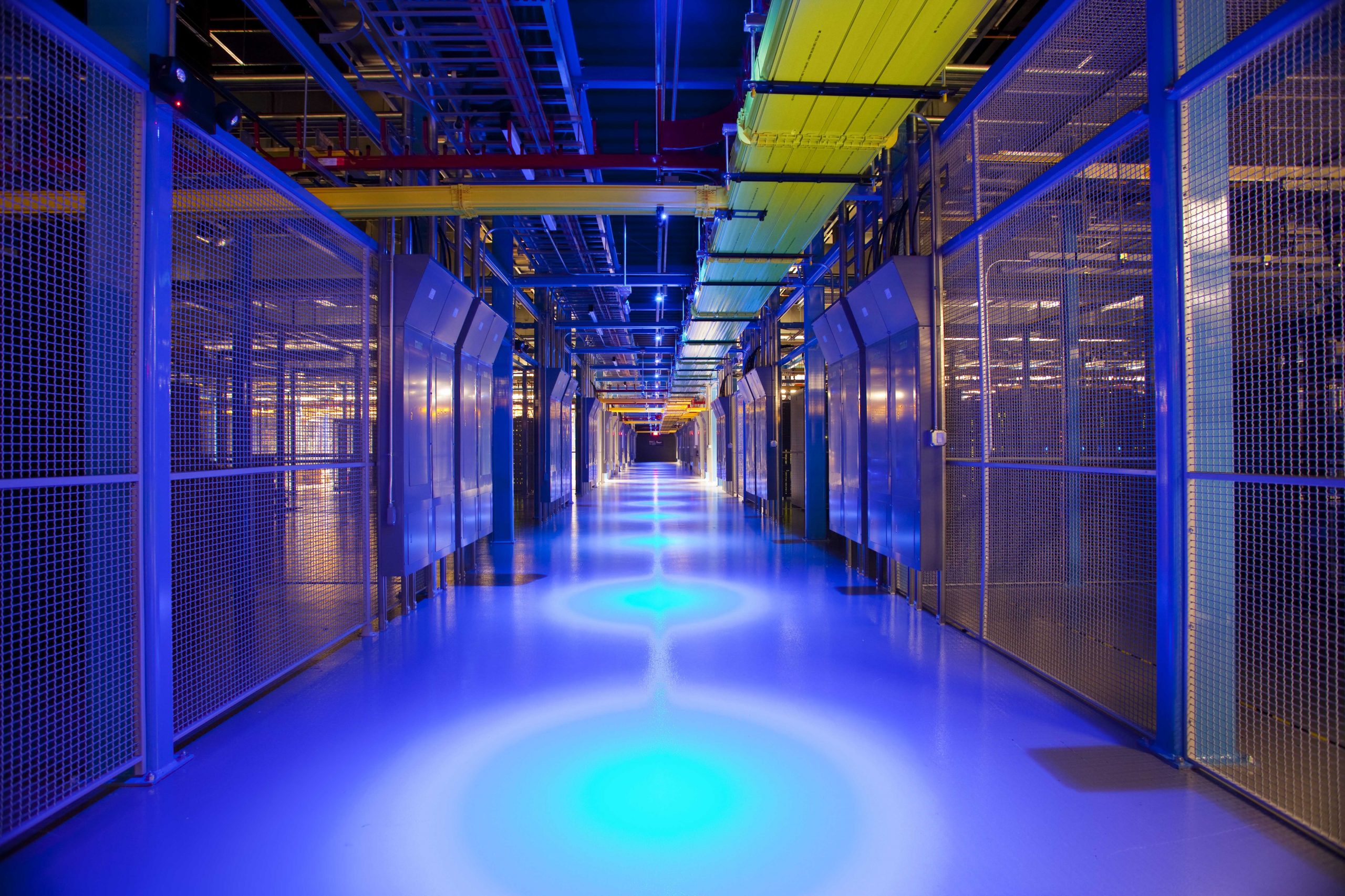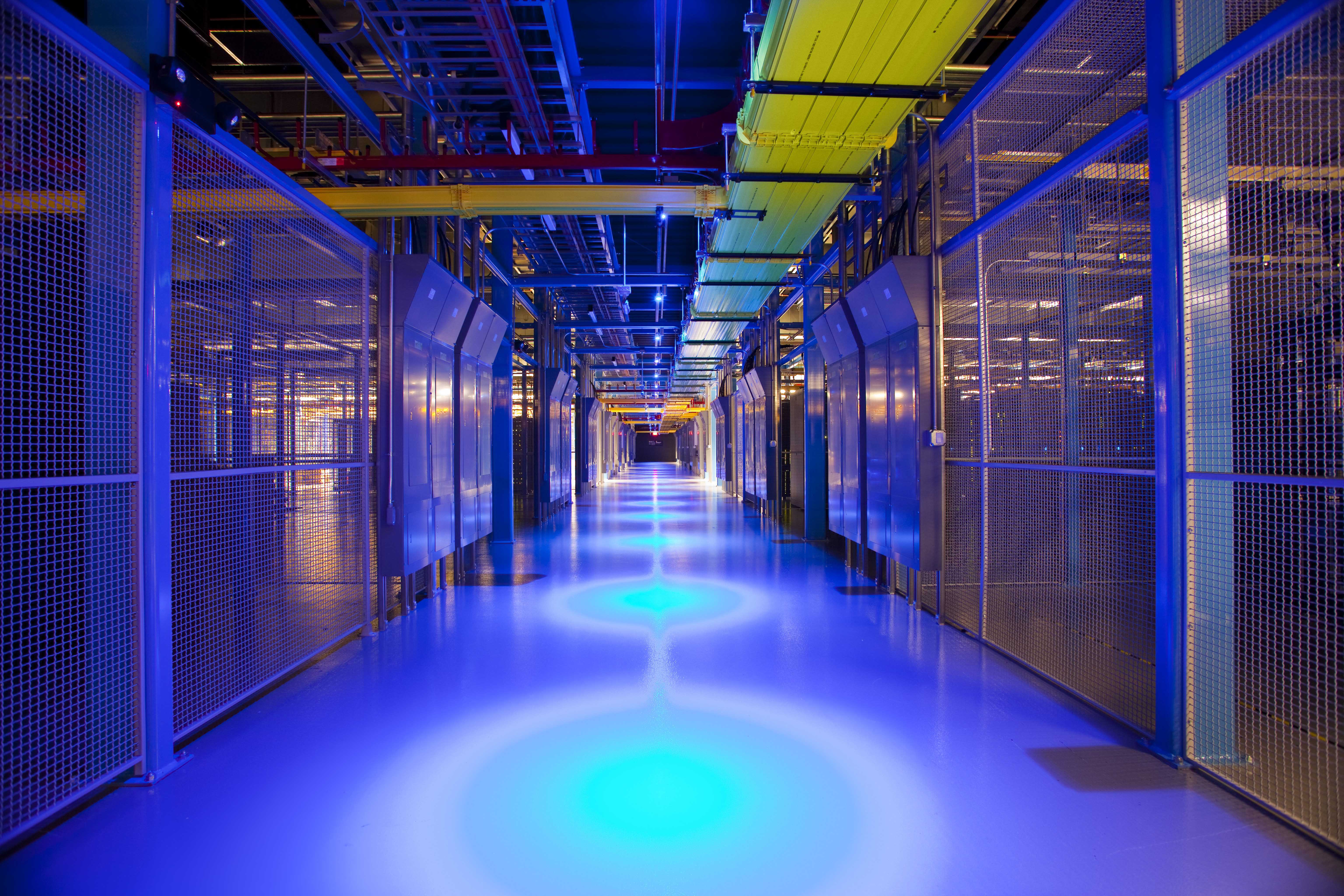30/09/2020
Every second more than 30 million messages are sent through applications such as WhatsApp, crossing oceans, continents, borders and all in milliseconds. Worldwide, almost 60% of the population uses the Internet, and its use has increased exponentially in recent years.
In addition, in recent months, many companies have opted for teleworking, which has led to a sharp increase in the use of software dedicated to videoconferencing, such as Microsoft Teams, Zoom or Whatsapp. According to Data4, the number of daily active users has increased from 10 million to more than 200 million.
99% of this traffic goes through cables, buried and submarine, which are connected to data centers, an essential part of the digital infrastructure. Data centers are centralized physical locations that bring together and concentrate proven IT equipment and networks. Its function is to collect, store, process, distribute or provide access to all these data.

More specifically, data centers host websites, run email and instant messaging services, provide Cloud applications, trigger electronic transactions, power online gaming communities… These facilities are the technological foundation for everything from financial transactions to content distribution and are fundamental to the digital transformation of businesses.
The centers operate 24 hours a day, 7 days a week and allow companies to organize, process and store large amounts of data and host service platforms that are “always available”. As a result, they have now become one of the main pillars of the digital infrastructure.
Spain, a digital power
Thanks to these data centers, Spain is within reach of becoming a digital powerhouse in the coming years. The main players in this sector estimate that, given the right conditions in terms of taxation, energy availability and space, 3 billion euros in direct investments can be attracted over the next five years.
Representatives of Data4, DatacenterDynamics, Equinix, Global Switch, IMasons, Interxion, Quark and S4U will soon meet telematically with the Congress of Deputies to present their proposals for making Spain, and especially Madrid, the digital hub of southern Europe.
In this way, the Madrid city would be on a par with the four great capitals of digitalization in Europe: London, Amsterdam, Frankfurt and Paris. The benefits would not end there: investment in digital infrastructure causes a multiplier effect on investments in other sectors, as well as job creation, which is quantified at approximately 12 times the investment.

Equinix Data Center
According to Robert Assink, CEO of Interxion, the digital economy requires the deployment of networks and data centers for interconnection. “Spain must occupy a leading position in digital infrastructure, in line with the weight of its economy. We must promote and attract investment in these infrastructures to turn Spain into a digital services interconnection node in southern Europe,” he stresses.
In addition, the necessary construction of new data centers also has beneficial effects on the environment. For example, a videoconference call replaces the physical displacement of people by physical means of transportation such as car or plane. In fact, any digital activity compared to its non-digital counterpart (e.g. video conferencing versus face-to-face meeting) consumes 3 times less energy.
For the International Energy Agency, the data center and telecommunications network sector is one of the seven segments that meet the sustainable development objective, out of a total of 43 segments. In addition, although in the last five years the digitalization of society has multiplied Internet traffic by five times and IT loads in data centers by three times, energy use in data centers has remained constant.
What is necessary to attract investment?
We have at our fingertips the power to boost a market that is green, avant-garde, generating qualified employment and with the potential to position Spain as one of the world’s leading companies in this field. world references. But in order to achieve this, leading companies in the sector are calling for an appropriate framework of sector-specific energy initiatives.
Large industry receives aid to reduce its energy bill, with exemptions of up to 85% of the tax base of the special electricity tax. Data center companies aspire to have their own status as an electro-intensive sector .
The higher cost of electricity in Spain compared to other European countries could lead cities such as Marseille to overtake Madrid as an investment destination and take over its position as the digital hub of southern Europe.
This is no small matter. The useful life of a data center ranges from 20 to 30 years and there are many issues that can tip the balance between one region or another. For this reason, the sector is calling for discounts on taxes associated with the supply of electricity from the second year of operation, that the sector be used as the main source of electricity. The use of renewable energy in the digital world and the needs to be included in a status of Data Center companies.
In the past, countries created wealth by producing goods and transporting them by rail, road and port. Today, in the digital era, it is data and its transport that generate the greatest value for the economy and therefore backbone digital infrastructures (data centers and telecommunications networks) are needed to ensure economic growth.
The Madrid Hub Digital study shows how Madrid, and by extension Spain, has a great opportunity to become a digital business hub if investment in digital infrastructure is stimulated.










